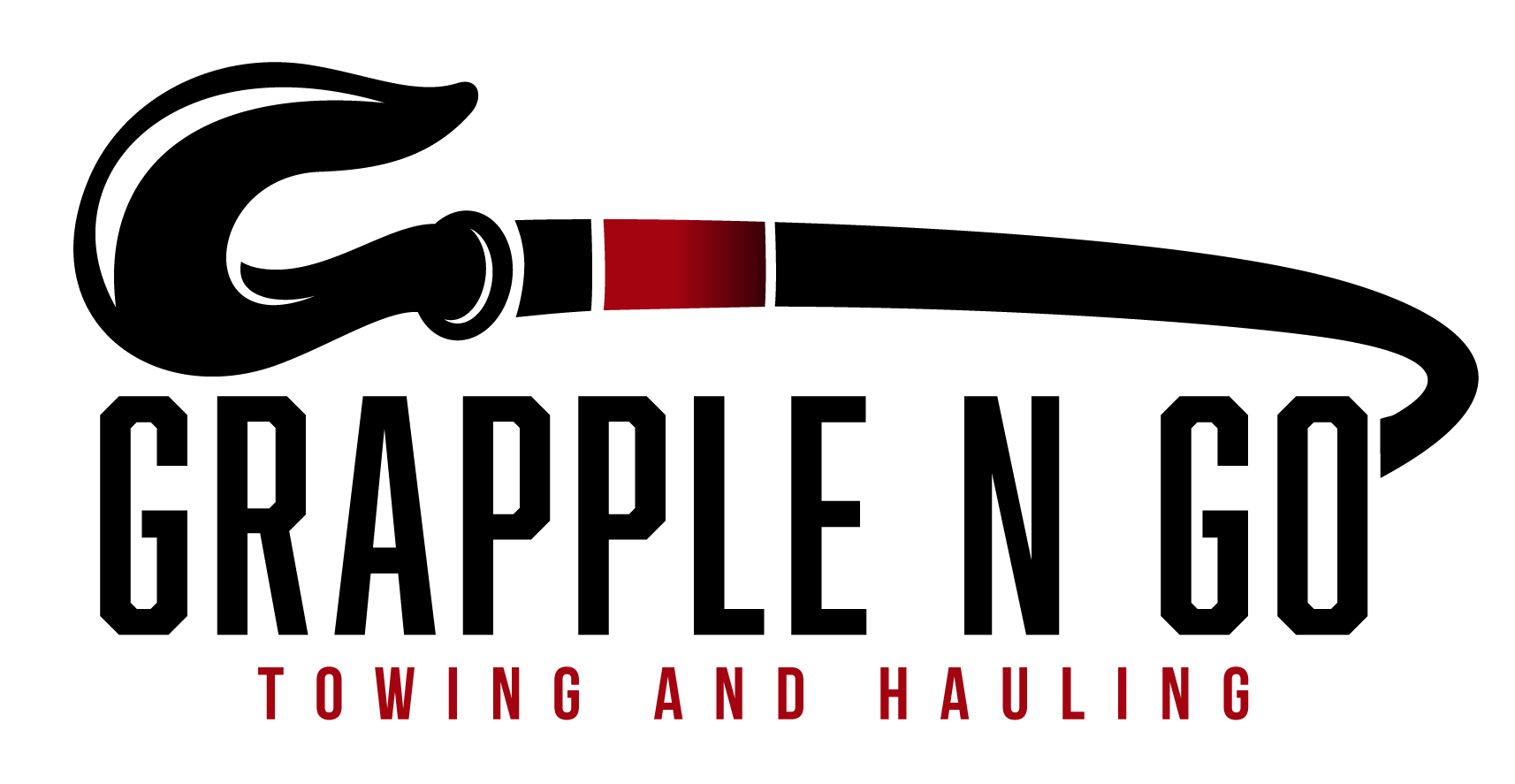https://brakestogo.com/blog/how-to-check-brake-pads
Worn brake pads are unsafe and can prevent your car from stopping correctly. You may not always think about your brake pads, but you use them every time you press down on the brake pedal.
Are you due for a brake pad replacement service?
In this blog, we will cover 3 ways on how to check your brake pads and include an easy-to-follow video. Plus, we will cover other important information about identifying brake pad wear and tear. Feel free to jump to any of the sections by clicking on the links below:
3 ways to check your brake pads:
- Check brake pads without removing the wheel
- Recognize the symptoms of worn brake pads
- Check brake pads by removing the wheel
Other sections:
- What are brake pads and how do they work?
- At what thickness should brake pads be replaced?
- How often should you check your brake pads?
- A simple way to check your brake pads VIDEO
What are brake pads and how do they work?
In most cars, the front two wheels have a braking apparatus that depend on rotors: metallic discs found behind each wheel. Above each of these is a clamp-like device called the caliper. When you hit your brake pedal, the calipers start to close, squeezing the rotors from both sides. This action produces friction, which causes the wheels to spin more slowly until they come to a complete stop. Brake pads are the removable surfaces that calipers use to make contact with the rotors during this process.
At what thickness should brake pads be replaced?
Brake pads should typically be replaced when approximately 1/4″ to 3/16″ friction material remains on the steel backing plate. Brake rotors should be replaced before their thickness has reached the prescribed “Worn Rotor Minimum Thickness” limit (expressed in millimeters) engraved on the edge of the brake disc. If you’re in need of new brake pads, it is most likely time for a brake rotors replacement service, too.
How often should you check your brake pads?
You should check your brake pads every 6 months or every 15,000 miles.
Most brake pads will wear out in about 25,000 to 65,000 miles, however, the wear and tear on your brake pads depends on a wide variety of factors including your driving style, what surfaces you’re driving on, and the weight of your vehicle.
This means that you need to check to make sure your brake pads aren’t wearing out early. Checking your brake pads can also work to your advantage, since you may realize your brake pads aren’t wearing out as quickly as you expected. Checking your brake pads regularly can also clue you into other possible problems with your car. Uneven wear and tear can indicate that your car needs an alignment. Rapidly degrading brake pads might also be a more serious issue and is a sign that you need other brake repairs.
You should also check your brake pads if you notice any changes in your vehicle’s braking performance.
Think you need new brake pads? We offer the easiest brake pad replacement services. Get a free brake quote!
A simple way to check your brake pads
3 ways to check your brake pads
Check your brake pads without removing the wheel
On many vehicles, you can see the brake pad through the holes in the wheel. To check the life of the brake pad, you need to determine its thickness. You might need a flashlight to get a good look at the brake pad. If the pads look thin, less than 4 millimeters, or there’s only 20% pad life left, it’s time to get them replaced. On some brake pads, you might see a metal wear indicator tab down the side of the pad. If the tab is almost touching the rotor, or it’s broken off t’s time for new brake pads.
Recognize the Symptoms of Worn Brake Pads
If you notice any of these symptoms, get your brake pads replaced by a brake technician ASAP.
You hear squealing noises
Most, but not all, brake pads are manufactured with built-in “wear indicators.” The sole purpose behind these things is to emit an unpleasant screech. Wear indicators are metal tabs located near the top of typical brake pads. When the brake pad itself wears down to a dangerous extent, the indicator will scrape against the rotor. This creates a distinctive squealing noise that warns you that your current brake pads are in danger of eroding away altogether.
You hear a clicking noise
In some cars, the brake pads fit snugly into a special holding device. Other vehicles keep them steady with clips, bolts, or pins. The common goal behind these designs is to keep the brake pads from moving around. If they become loose they’ll begin to rattle around. This then results in a clicking sound whenever you press or release the brake pedal.
Your car takes more time to stop than usual
This delay in stopping is most often caused by low brake pads. As your brake pads wear down they become thinner and thinner, this means your car has to work harder to dissipate the heat from braking. Over time this decreases braking force. Not only do worn brake pads make it harder to stop, but your reaction time to stop the car is greatly hindered as well. When you press on the pedal you’re actually pushing hydraulic fluid down to the calipers, this then squeezes the brake pads against the rotors. When your brake pads are thin it takes longer for this fluid to travel down and press against the pads. You’ll notice a huge difference when you replace your brake pads from a worn 3-4 millimeters to new pads that are over 10 millimeters.
Your brake pedal vibrates when it’s pressed
As you know friction creates heat, and your rotors and brake pads work together to dissipate this heat. What can happen over time though, is your brake pads lose their ability to help pull heat away from the rotors. When you drive in stop-and-go traffic or you often do sprint driving, this causes your rotors to heat up too quickly and they will begin to warp. This warping creates high spots on your rotors. When you press on your brakes and have warped rotors, instead of the brake pads clamping to smooth-surfaced rotors they are clamping to bumpy rotors. This then sends vibrations through your brake pedal and car.
Your brake light turns on
Your brake light is there for a reason, and it’s important to get your brakes checked before driving much further.
Check brake pads by removing the wheel
If you can’t see the brake pad through the wheel, you’ll need to remove the wheel to get a better look. With your vehicle on a level surface, place your jack under the vehicle frame next to the tire you want to remove. Elevate your vehicle about 6″ off the ground, unscrew the lug nuts and remove your tire. Once the tire is off, you’ll have a good view of not only the brake pad, but also of the caliper, rotor, and brake lines. Carefully inspect the brake pad, looking for excessive wear. If the pad is less than 4 millimeters, or there’s only 20% pad life left it’s time to schedule a brake appointment.
Now that you know how to check your brake pads, check out our brake pad replacement cost guide, so you know what to expect when replacing your brake pads.


